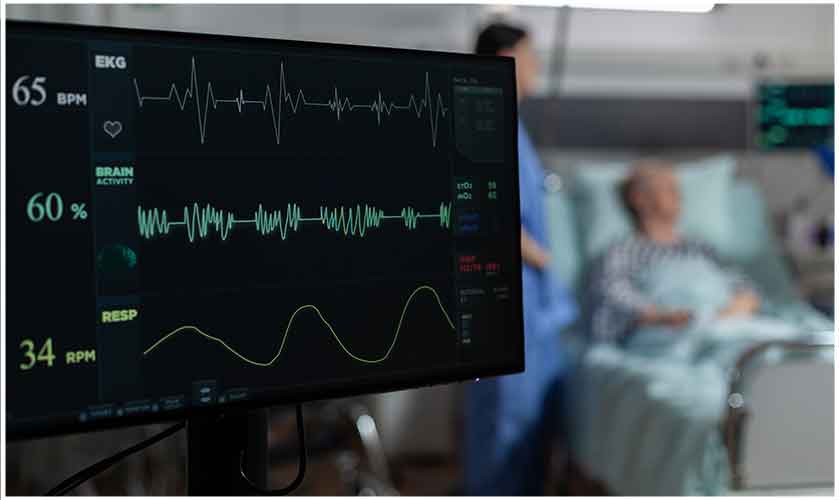Overview: Ventilator for Home
Mechanical ventilation is possible at home and has shown various benefits for patients who have severe spinal cord injuries or any other injuries or are bedridden. With the help of portable ventilators, the patients have become free of the high hospital bills.

What are portable ventilators?
A portable ventilator brings room air to the breathing circuit and is then humidified by the heated humidifier. Portable ventilators are good for long-term ventilator support when people don’t require complex ventilation. These ventilators are used for patients having chronic lung diseases or high spinal injuries, and who are ventilator dependent.
What does a portable ventilator consist of?
A portable ventilator has several components such as a flexible breathing circuit, a control system, monitors and alarms. On the other hand, some advanced systems may include specialized breathing circuits, heated humidifiers or heat and moisture exchangers (HMEs), and oxygen accumulators. Most ventilation devices use positive pressure to transfer oxygen to the lungs with the help of tidal volume through a face mask, an endotracheal tube, or a tracheostomy. Power can be either supplied from a power line or an internal or external battery.
How do portable ventilators work?
Portable ventilators work by delivering oxygen-enriched air to the breathing circuit from where it is humidified by a heated humidifier. A motor-driven piston or turbine transports air to the breathing circuit in these ventilators. In the home ventilation, the oxygen is directly delivered to the breathing circuit from a separate oxygen source, such as an oxygen tank. Portable ventilators may use several ventilation modes such as control, assist/control and synchronized intermittent mandatory ventilation modes.
Operating steps
The first step involves the appropriate checking of the unit such as run performance and calibration check and the settings required to operate it such as appropriate alarms according to the patient’s condition. When all the settings are operated, the patient is connected to the ventilator. Once the patient is comfortably put on the ventilator, it must be ensured that the patient is ventilated properly. The caregivers evaluate and monitor all the responses of the machine and the patient.
Errors and problems in portable ventilators
The errors or problems in portable ventilators come from the inappropriate or poor operation of the settings such as poorly maintained exhalation valve assemblies and low-quality breathing circuits.
Other issues include:-
- The disconnection of the breathing circuit from the circuit.
- Bending/disconnection of the tube
- Extreme environment conditions
- Changes in the patient’s condition
Types of home ventilators
There are 2 types of home ventilators:-
- Invasive ventilators
It’s the first commercially available home ventilator that comes with sophisticated respiratory technology. It fulfils all the basic requirements of a ventilator and has been widely used by many medical professionals such as doctors, respiratory therapists, and others.
- Non-Invasive ventilators
They use BiPAP and CPAP ventilation to serve the most comfortable and appropriate pressure and volume according to the patient’s need.
Usually, advanced ventilators like AgVa ventilators offer both invasive and non-invasive ventilation in one ventilator. The best type of ventilator depends on the patient’s need, stage of the disease, whether the person is a child or adult and other considerable factors.
Requirements of a home ventilator
A home/ portable ventilator requires a battery, power source, proper tubing/ masks.
Purpose of home ventilation
Usually, home ventilation is used for long-term mechanical ventilation in people with respiratory diseases.